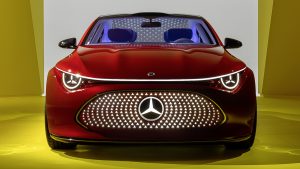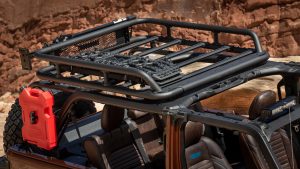Now that electric cars are becoming mainstream, let’s take a closer look at them! This time, we are taking a look at subcompact EV cars
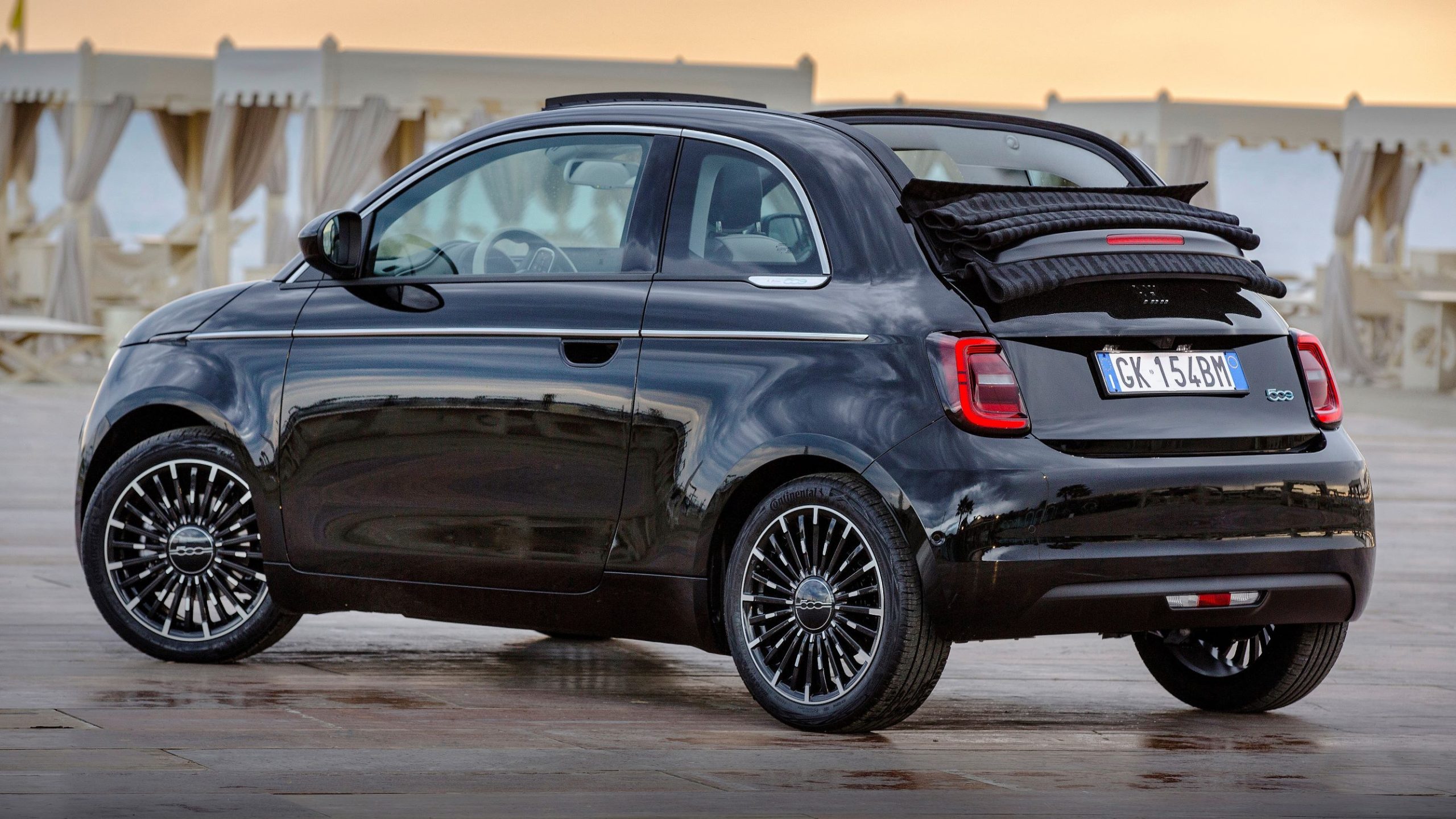
Electric vehicles have come a long way in a short time. Environmental concerns, government incentives, rising gas prices, changes in people’s mindset… Everything pushed them from science-fiction creations to a whole new type of car. Now, with so much in their favor, they are finally taking over the market. This is what bring us to this list of subcompact EV models.
Low weight and city traffic are ideal conditions for EVs. Their engines can deliver strong accelerations and long ranges without requiring heavy battery packs. Here, you are going to learn about some of the most appealing models in this market category. We present key characteristics about each one and a separate section with general questions and answers about them.
BMW i3 – 3/5
A pioneer among dedicated EVs, extensive use of carbon fiber, unique body shape and style solutions… The i3 was pretty much revolutionary when it was released. Unfortunately, that happened back in 2013: BMW will cease its production this year. Nevertheless, it is still a compelling subcompact SUV when it comes to build quality, energetic efficiency, and good use of internal space.
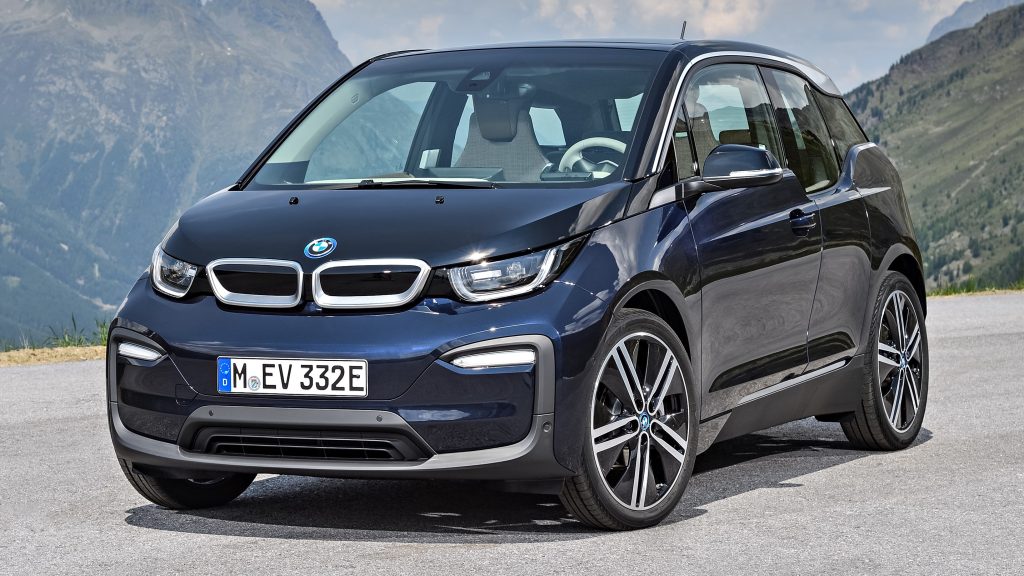
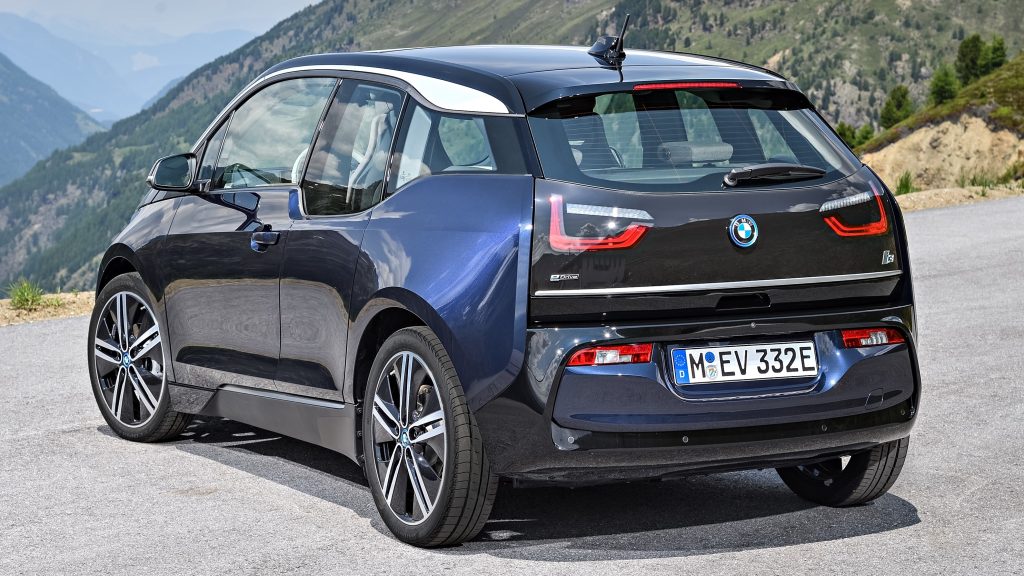
Design – 3/5
The double-kidney grille is pretty much the only trait of BMW’s genetics here. Those glossy-black regions, that unusual waistline, the very microvan body… While it is a great escape from typical German design, we know it might be divisive. This subcompact EV has large room especially at the front seats but the angular shapes with three colors that once looked futuristic has become tacky.
Comfort – 4/5
The cabin is beautiful for the minimalist style and for using recycled materials. However, the internal room is much more generous up front. Since this model has no sporting pretensions, BMW took the chance to make it family-friendly; the cabin filters much of the external noise and the suspension operates smoothly. On the other hand, driving this car will not yield any intense feelings.
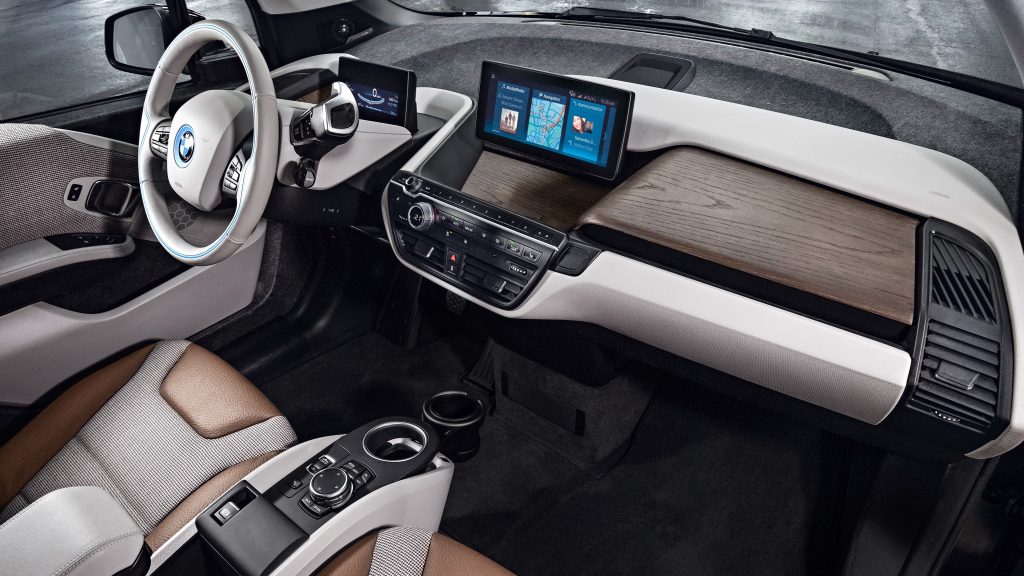

Equipment – 3/5
Entering a 2013 car shows how much standards have changed in such a short time. The dashboard is not overwhelmed by giant screens, the infotainment system does not offer functions for everything, and there is only one USB port. Fortunately, the rear seats are easily foldable, the standard equipment list has many safety assists, and the iDrive 6 infotainment system features Apple CarPlay.
Performance – 5/5
Here, efficiency is the focus. The i3 is an electric vehicle which may use an ICE engine as a range extender. Accelerations are linear and quite strong, and the ride is smooth and quiet – external noise is not an issue here. If you keep in mind that this is not a sporty model, you will be able to enjoy the i3 much more. The compact size makes it an ideal model to quickly move in the urban environment.

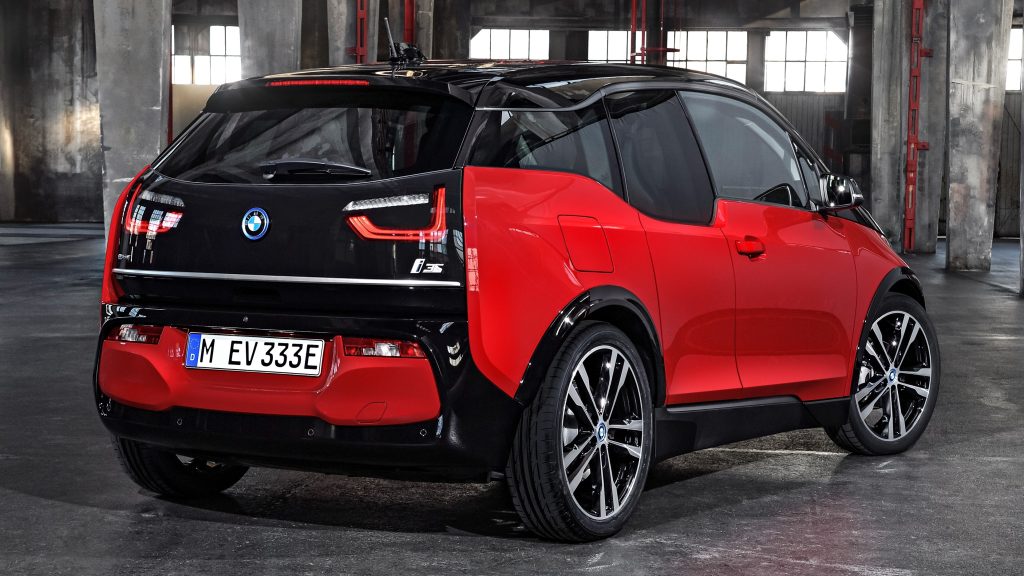
Pros & Cons
- Acceleration is strong, smooth and consistent
- Excellent efficiency even with ICE assistance
- Cabin is stylish and applies recycled materials
- Mass production will be ended later this year
- Rear seats are too tight even for only two
- Electric range is short compared to newer EVs
Chevrolet Bolt EV – 4/5
GM has finally gotten it right. The new Bolt may still have divisive design, but now that comes with better value and more room. Some competitors offer a better package, but coming from a generalist company makes the Bolt accessible to more people. Besides, if you are not a fan of the microvan design, you can now opt for the EUV version to get some of the fashionable SUV style.

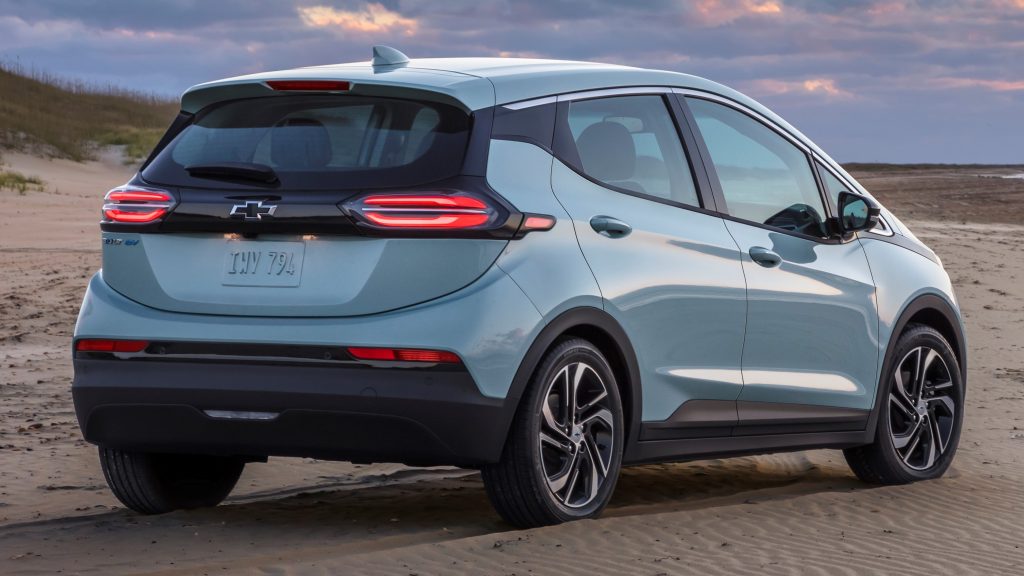
Design – 3/5
The sleek lights create a sense of sportiness which is not matched by the tall windows and bubble-shaped roof line. Nevertheless, it looks more balanced than its previous generation. Chevrolet invested in a much more conservative style for the dashboard and got a good result: the cabin is simple and objective, with a no-frills approach. The EUV only has significant visual changes on the outside.
Comfort – 5/5
The cabin was upgraded with soft-touch surfaces and higher build quality. The internal room is typical for a subcompact EV, but it was divided well enough to comfortably seat four adults. Chevrolet also changed the gear shifter for buttons and used a flat-bottom steering wheel; such changes contribute to the feeling of ample space. In general, internal dimensions are the same as before.
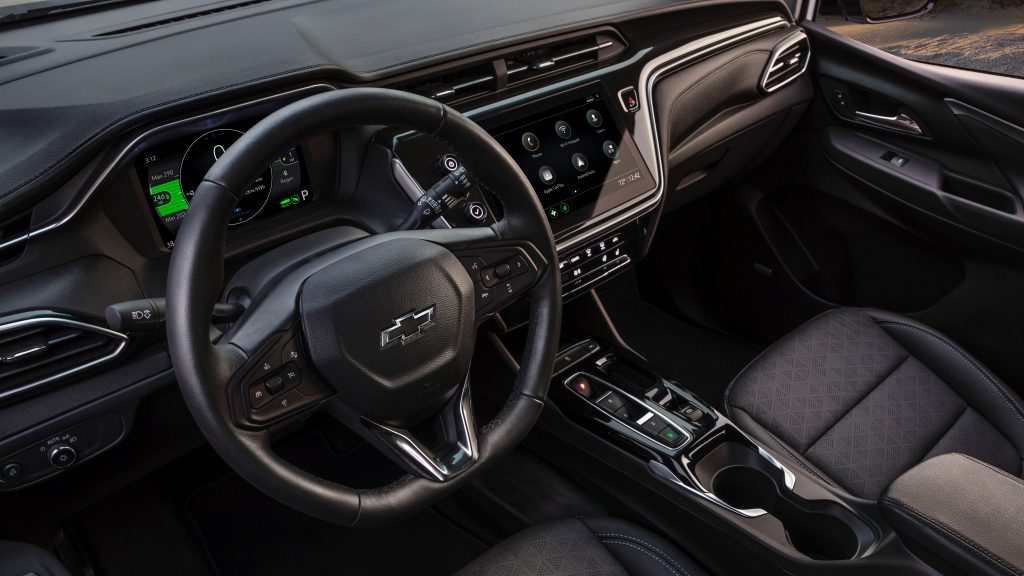
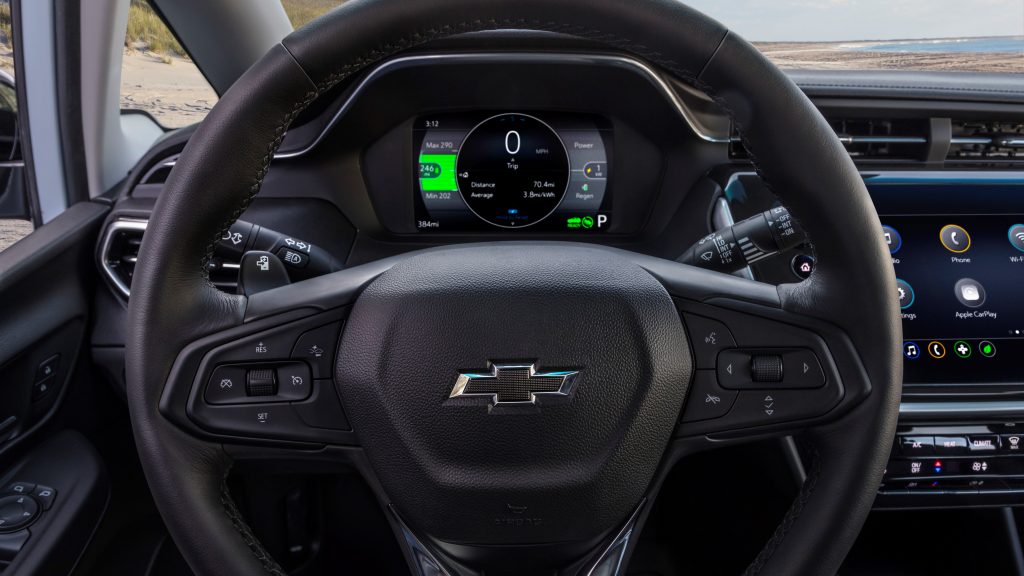
Equipment – 4/5
The cabin features two digital screens as gauge cluster and infotainment system. Better materials render it more pleasant especially considering it is a generalist model. The revised powertrain now supports Level 2 outlets to increase charging speed and to remove the need for a home charger. Besides, the regenerative braking may now be magnified in order to create the one-pedal driving mode.
Performance – 4/5
The electric motor was carried over from the previous Bolt. While accelerations are vigorous and torque is abundant, the front-wheel drive caps any sporty potential. Chevrolet used its vast experience with EVs to fine-tune its dynamic behavior and make it smooth and composed. Other EVs offer a much longer range, but the fact that the Bolt became cheaper than before makes it hard to resist.
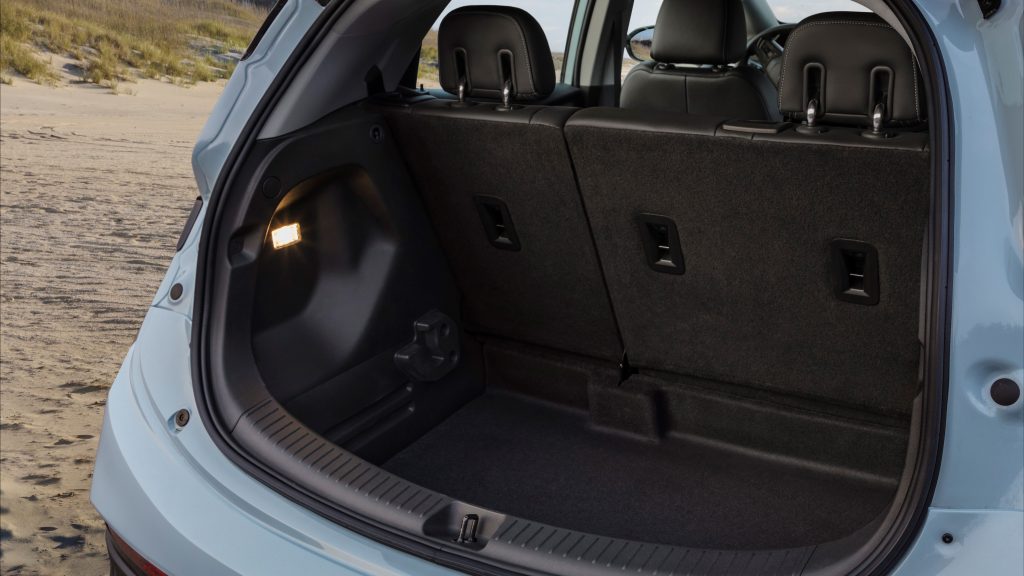
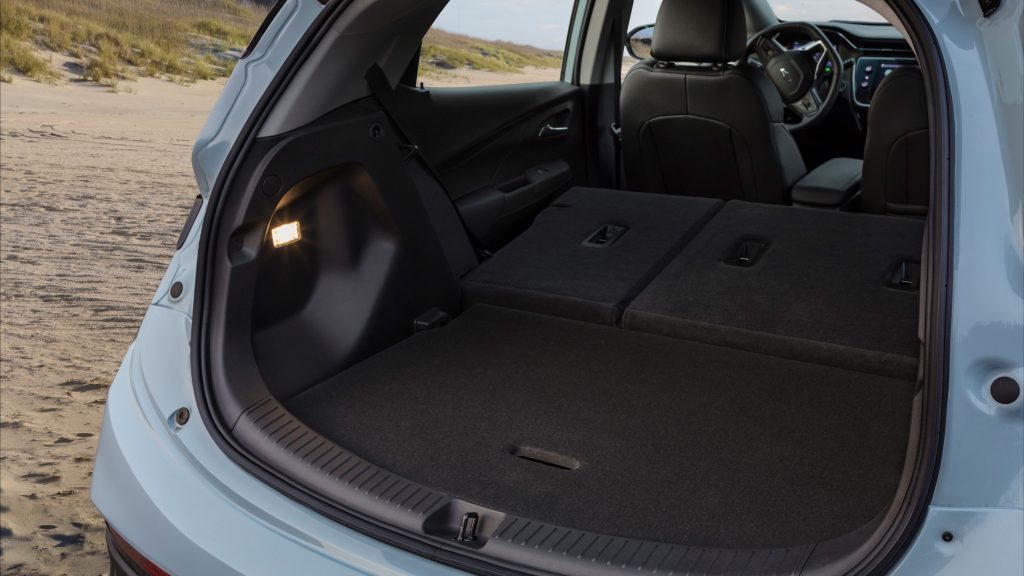
Pros & Cons
- Lower base price gives it great value
- Cabin received much better materials
- Appropriate room for four adult occupants
- External design may not please everyone
- FWD goes the opposite way of sportiness
- Some competitors have longer EV ranges
Fiat 500 – 5/5
The revamped Cinquecento is only retro at the design. All-new platform, fully electric powertrain, optional three-door body… Fiat did everything to keep it strong in the market, now among subcompact EV rivals. Fortunately, it also preserved qualities such as fine handling, well-trimmed cabin, and a competitive list of standard items. It is one of the most fashionable ways to move around in the city.
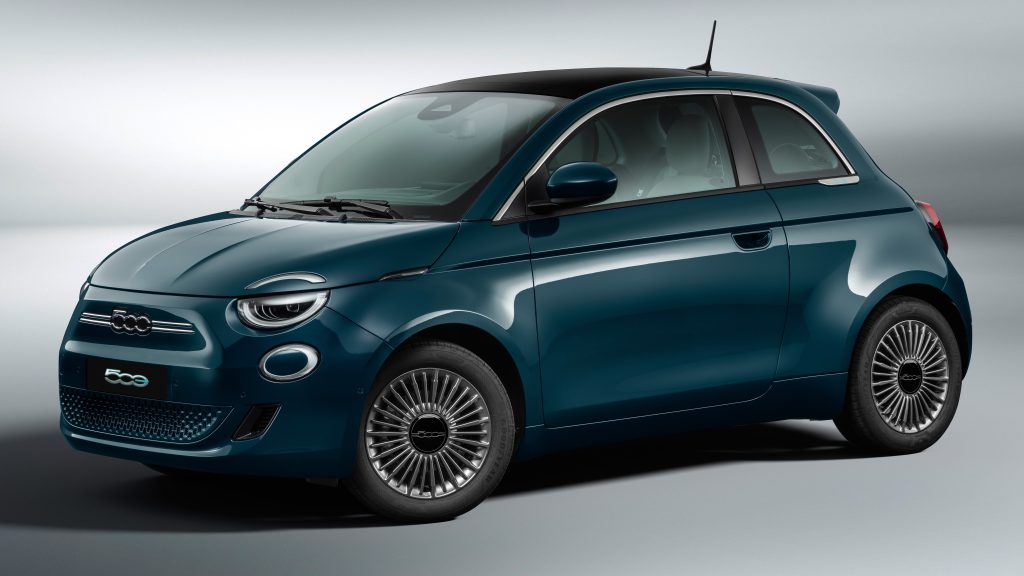
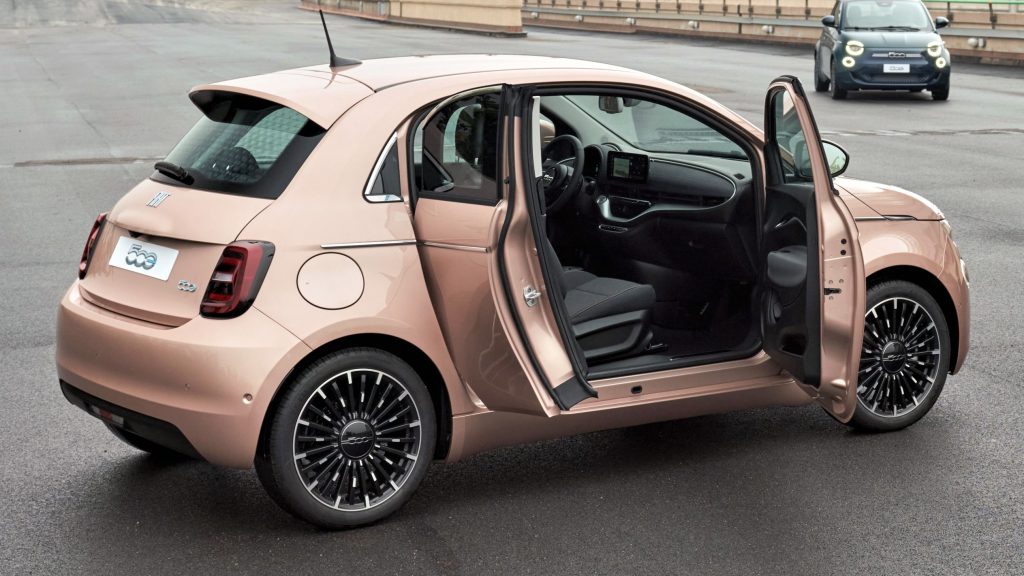
Design – 5/5
The unmistakable silhouette now features split headlights and no grille. The cabriolet version preserves a fabric roof which also doubles as a panoramic sunroof. The cabin keeps up with the good work by using high-quality plastic trim in multiple tones and textures and seats with 20% of recycled material. The 500 manages to employ many modern items while preserving the retro appearance.
Comfort – 4/5
Being slightly larger than before, the 500 offers decent room for all four occupants. A strong advantage is that none of that is affected by the removable top. The central touchscreen hosts many controls, but Fiat left several others on physical buttons to make everyday use more intuitive. Sadly, specialized media have reported that both those buttons and the touchscreen are somewhat laggy.
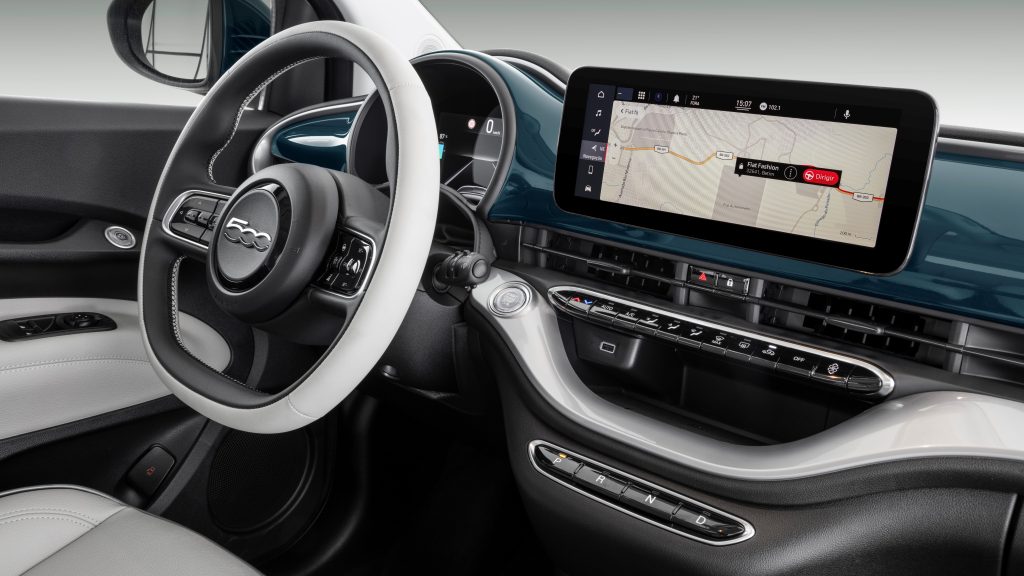
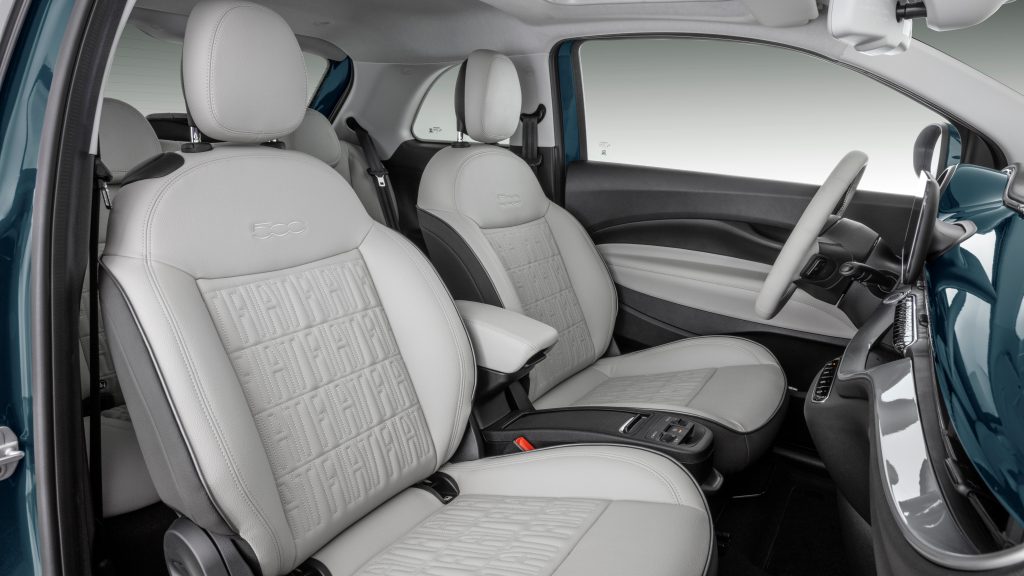
Equipment – 5/5
Being a premium city car, the 500 excels at pampering its driver. The equipment list features pretty much the same you would see on the category. The model shines at visual items like flat-bottom steering wheel, flashy 17″ wheels, and huge lists of body colors and customization options. Another high point is the use of driver assists that give it Level 2 autonomy, which is still rare in this category.
Performance – 5/5
Fiat managed to repeat the old 500’s eager acceleration and responsive steering on a model with electric powertrain, no gears to shift, and a battery pack on the floor. Performance fans will be thrilled to push the motor to its limits and to find the best angle at every corner. Thrifty drivers, on the other hand, will enjoy the one-pedal option and the several driving modes to minimize energy use.


Pros & Cons
- Strong acceleration and excellent handling
- Tons of options for visual customization
- Body options make it even more appealing
- Versions and items drive up its price fast
- Infotainment system is laggy at times
- Thick A and C pillars make blind spots
Mazda MX-30 – 3/5
The Japanese company’s first EV venture was controversial: the tasteful design clashes with the laughable battery range. While the powertrain is too weak, the chassis keeps up with the reputation Mazda has built with its ICE models. A PHEV version is expected to treat its biggest flaws in the future, especially regarding performance and range, but we cannot say that the car is entirely bad for now.


Design – 5/5
Using the “MX” prefix instead of “CX” says a lot about this subcompact EV. Mazda wanted it to be a taller, more practical counterpart to the MX-5 Miata and it delivered. That sloped roof give it a coupé SUV vibe, while the low stance and the hidden rear doors may even allude to the RX-8. Inside, you will find the very same minimalist style and horizontal shapes used in other current Mazda cars.
Comfort – 3/5
Internal room is only abundant at the front seats. The rear bench is too cramped especially for three users and the trunk cannot handle much. However, employing two touchscreens makes the central console look futuristic while the abundant use of natural materials is an awesome touch. There is cork on some trim regions and the seats use breathable upholstery made of recycled materials.
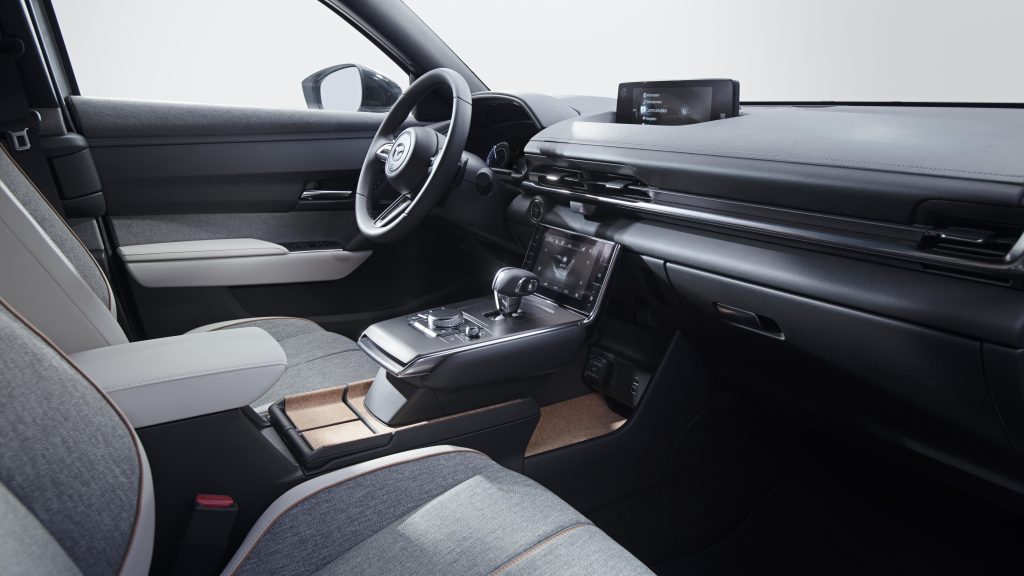
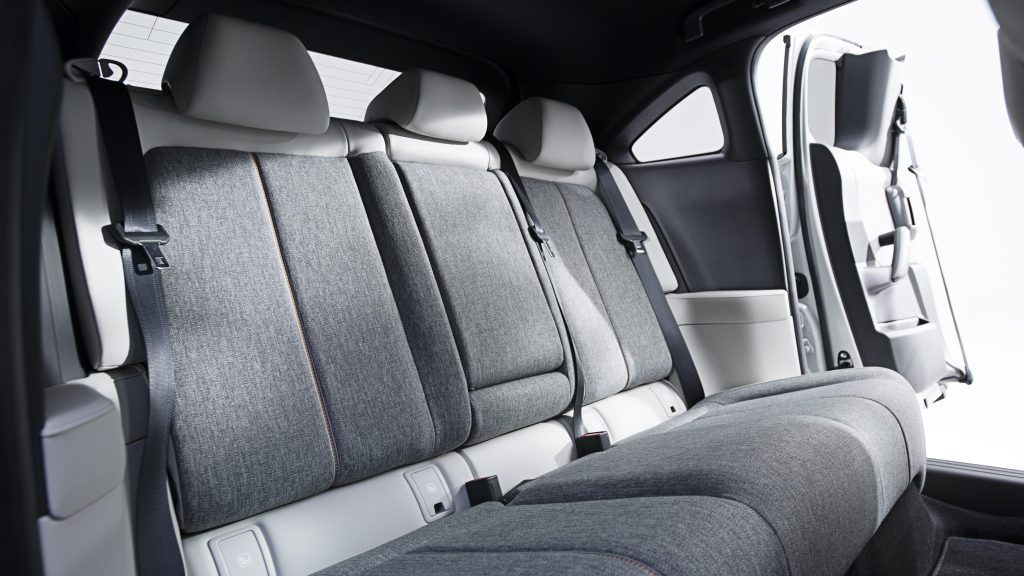
Equipment – 5/5
The MX-30 is on par with other recent Mazda cars when it comes to the infotainment system. Its standard equipment list also features auto-dimming rearview mirror, digital gauge cluster, heated front seats, and a power sunroof. Safety also gets a lot of attention because of the i-Activsense package of electronic driver assists; they improve the car in terms of collision mitigation and lane keeping.
Performance – 2/5
Single electric motor and standard front-wheel drive are definitely not a great start. However, Mazda has made sure to useits vast handling expertise to make the MX-30 actually fun to drive. Unfortunately, you will not be able to enjoy it for long, since it has a range of only 100 miles. The upcoming PHEV variation is the only one capable of making this subcompct EV actually competitive.
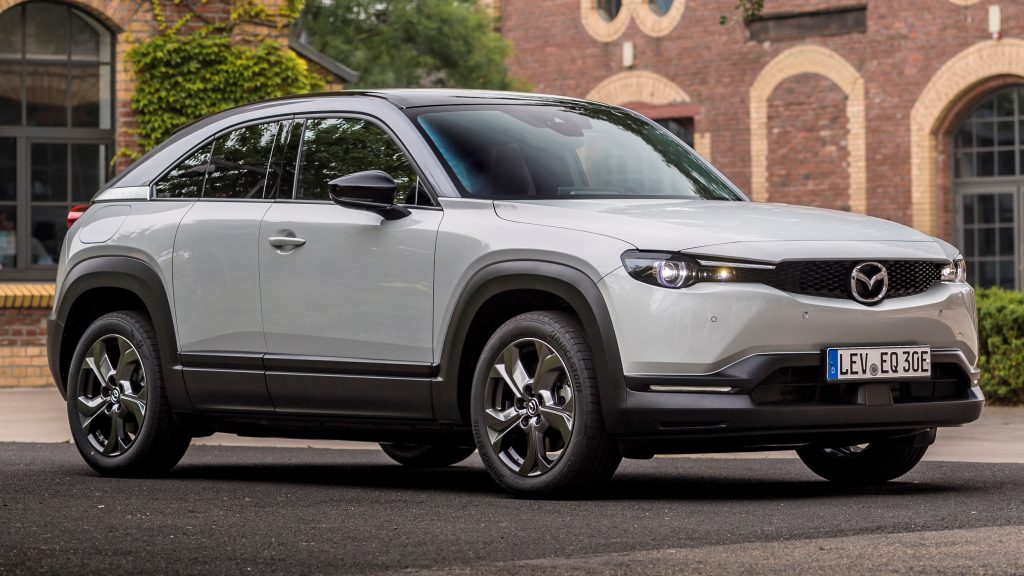
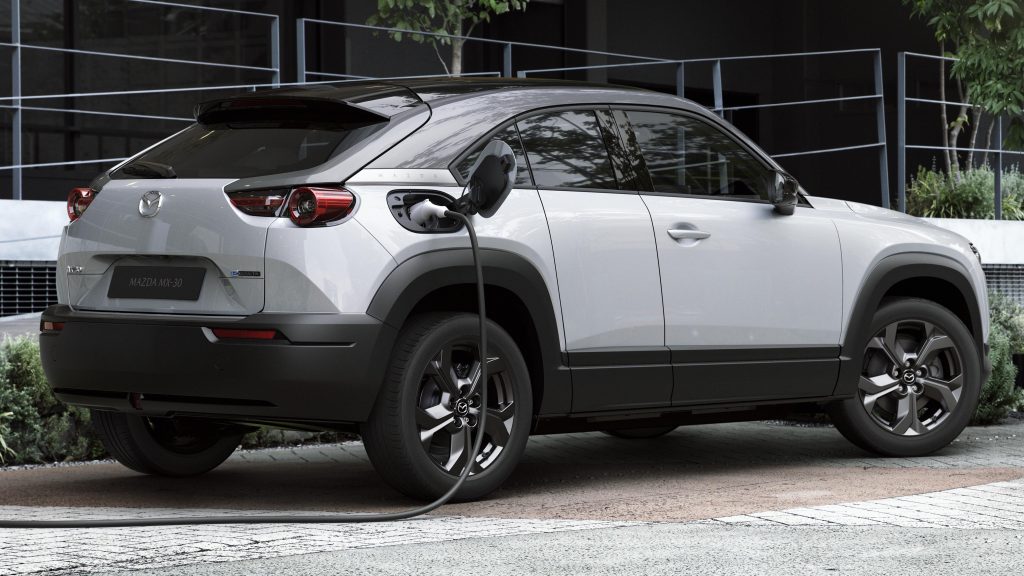
Pros & Cons
- Attractive coupé-like external design
- Cabin uses many sustainable materials
- Responsive and playful dynamic behavior
- Only 100 miles of range with a full charge
- Low acceleration and speed numbers
- Rear seat has limited headroom for three
Smart #1 – 5/5
The first all-new model using the SEA architecture that came from Geely’s partial takeover. The #1 is only the start of a new Smart, but it is equipped to be competitive from the beginning. The microhatch design was replaced by that of a subcompact EV crossover whose biggest attribute is internal space. Besides that, customization options and cutting-edge technology should be strong suits.

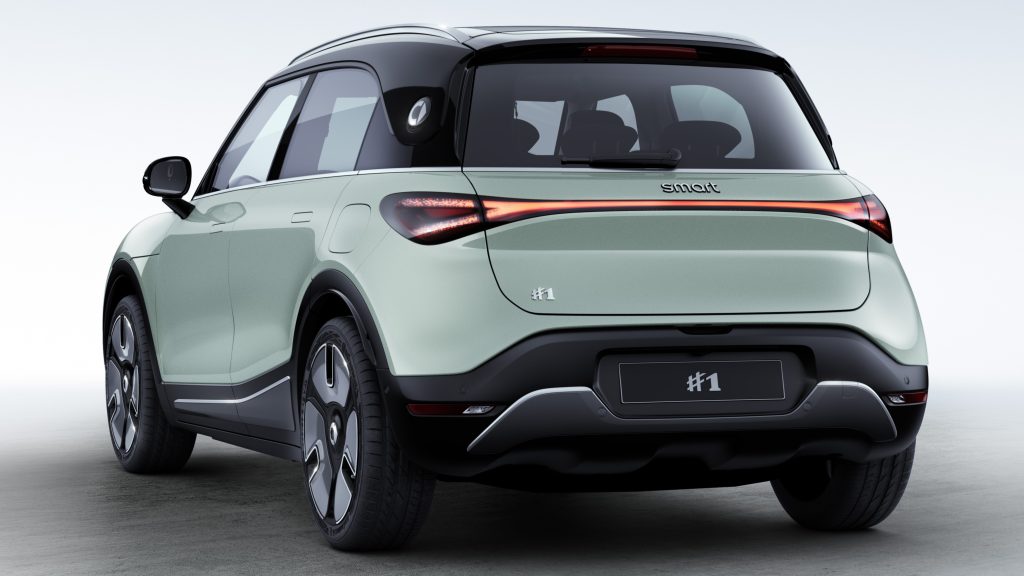
Design – 5/5
Maximizing the cabin implies making the exterior boxy. Smart aimed for the best of both worlds by using rounded shapes and playing with colors to make the #1 look casual and fun. The cabin is more serious so as to focus on space management; the dashboard is centered on the 12.8″ display, but uses several visual items that bring memories of older Smart cars and even some Mercedes-Benz cars.
Comfort – 5/5
We already know that this is the biggest Smart car ever, but Geely staff has quite an impressive speech to say: its internal space is comparable to the E-Class’. The specialized press has not extensively tested it yet but you can expect this subcompact EV to offer high build quality and a smooth ride. The extensive use of digital screens wants to connect with young drivers, which are the target audience here.

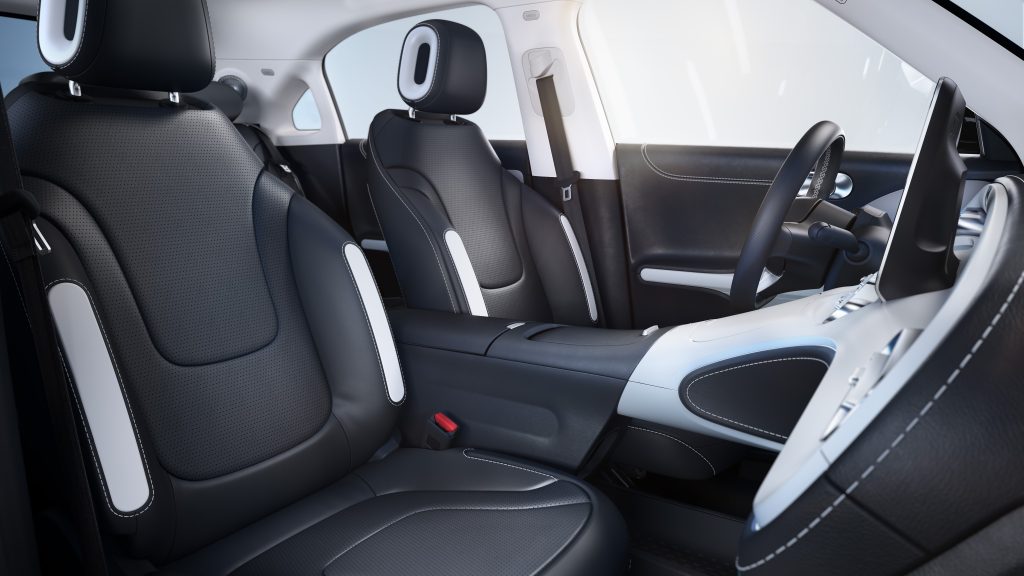
Equipment – 5/5
There is little official information available so far. Besides the electric powertrain, Smart is focusing on the roomy cabin for five. Besides the large infotainment touchscreen, there is a 9.2″ digital instrument cluster, and a 10″ heads-up display. You can also expect a lot in terms of safety, including adaptive cruise control, adaptive high-beam headlights, blind-spot monitoring, and many others.
Performance – 4/5
For now, the Smart #1 goes on sale with a single rear-mounted electric motor, and one option of battery pack. Since Geely’s SEA platform allows more options to be offered, the #1 is likely to get new trim levels with different combinations in the future. It is important to keep in mind that, even though the model has been officially released these days, its production will start in 2023.


Pros & Cons
- SUV design makes it trendier than ever
- Internal room is going to be a reference
- Modern platform has promising options
- Visual elements may not please everyone
- Cabriolet version may not exist anymore
- Prices are likely to go up from now on
Small Electric Cars Comparison Table
| Name | Power | Torque | Battery | Range | EPA rates | Cargo |
|---|---|---|---|---|---|---|
| BMW i3 | 170 hp | 184 hp | 42.2 KWh | 153 miles | 102 MPGe | 15.1 ft³ |
| Chevrolet Bolt EV | 200 hp | 266 lb-ft | 60 KWh | 259 miles | 120 MPGe | 16,6 ft³ |
| Fiat 500 | 116 hp | 162 lb-ft | 42 KWh | 199 miles | N/A | N/A |
| Mazda MX-30 | 143 hp | 200 lb-ft | 30 KWh | 100 miles | 92 MPGe | 21 ft³ |
| Smart #1 | 264 hp | 252 lb-ft | 64 KWh | 273 miles | N/A | N/A |
Danillo Almeida has explored his passion for cars in two distinct ways. The first one is his graduation course in Mechanical Engineering, which will hopefully lead to a job position in the field. The other one is expressing his knowledge and opinions on the matter through writing. Almeida has already contributed to blogs, stores, and websites in general writing automotive content in many formats.

